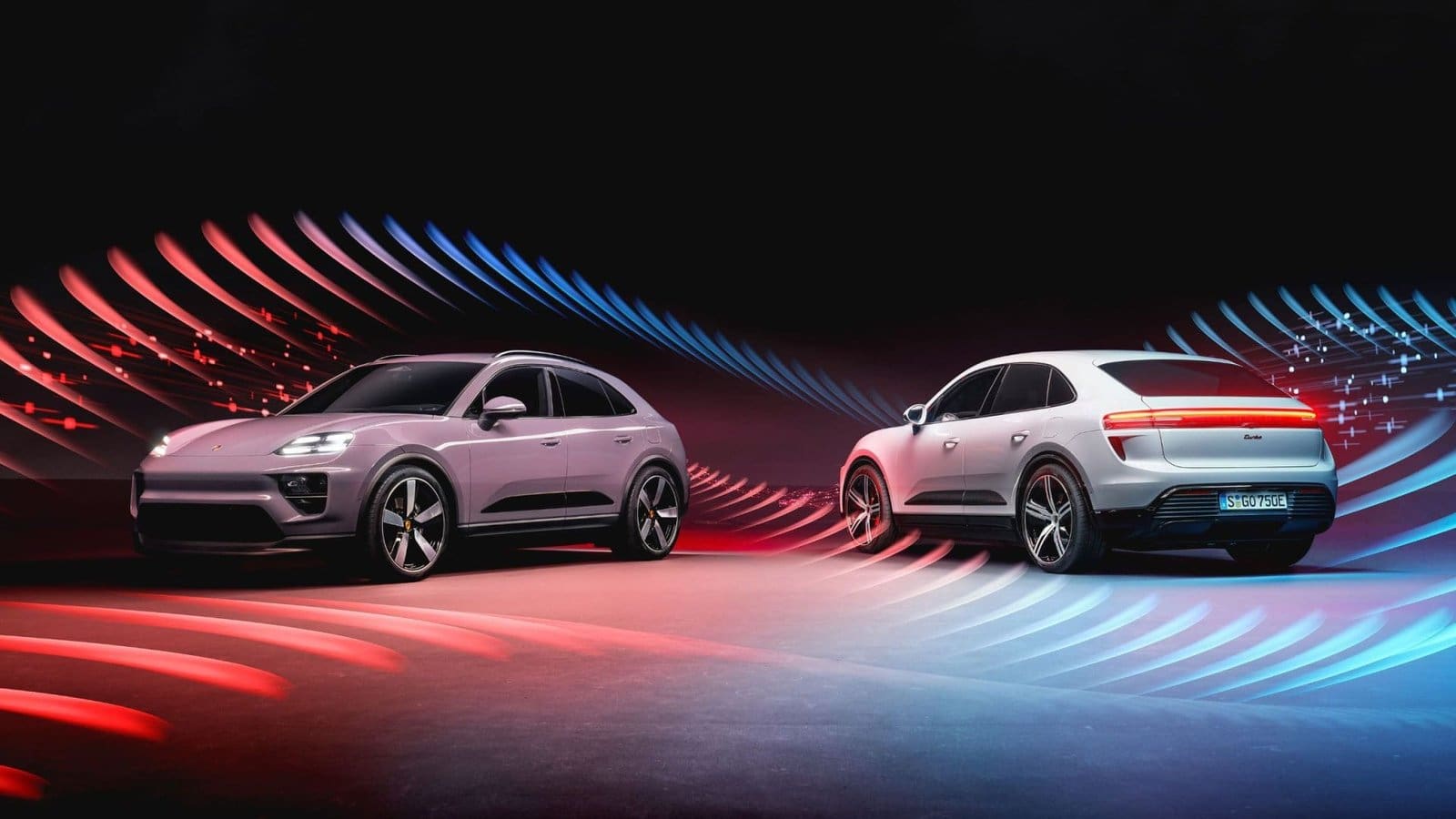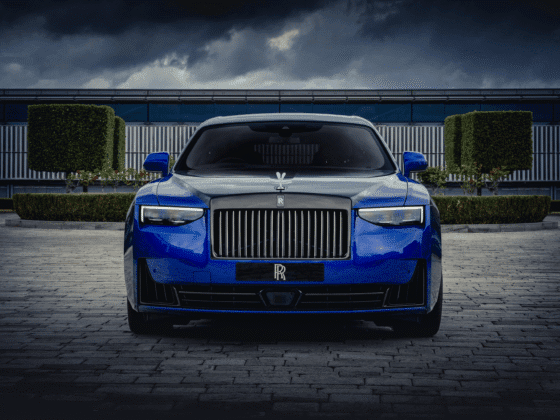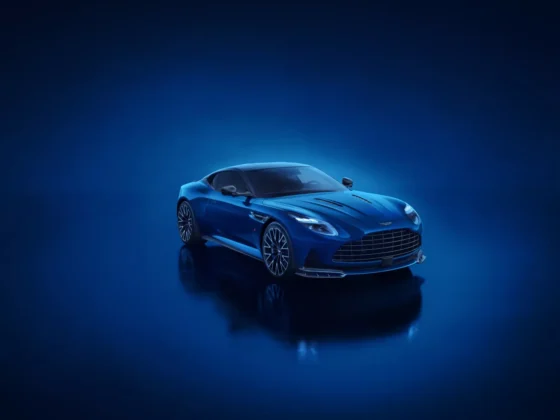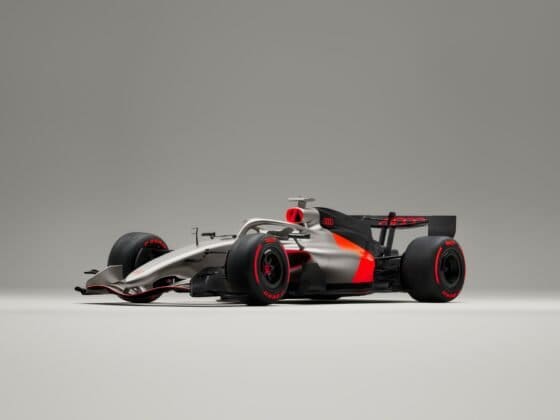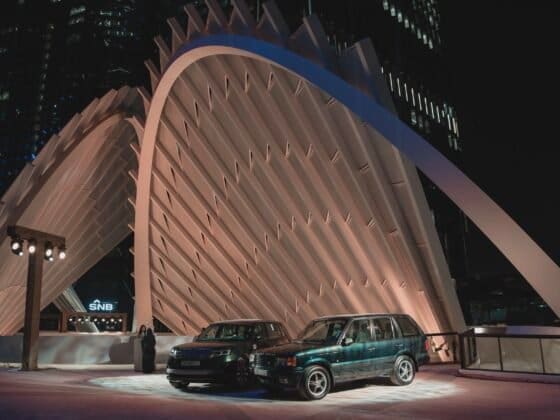Ten years after its launch, the second generation of Porsche Macan makes its debut, but in all-electric form. The new Macan 4 and Macan Turbo compact SUV models offer customers progressive design, high performance, long-distance range and everyday practicality.
“We are taking the Macan to a completely new level – with exceptional E-Performance, the new Driver Experience, and a very impressive design,” said Oliver Blume, Chairman of the Executive Board of Porsche AG, on the occasion of the model’s world premiere in Singapore.
The shallow pitch of the bonnet and the strongly pronounced wings give the new Macan models a dynamic appearance even when stationary. The new Macan is fitted with up to 22-inch wheels with staggered tyre fitment. The 2893 mm wheelbase, which is 86 mm longer than the previous model, is offset by short overhangs at the front and rear.

In combination with the frameless doors and the characteristic side blades results in a sleek, sporty aesthetic. Strongly pronounced shoulders give the rear a muscular look. The characteristic Porsche fly line forms a unit with the flat rear window. The Porsche logo now sits in the centre of the sculptural 3D light strip.
The headlights are divided into two parts. The flat upper light unit with four-point daytime running lights is embedded in the wings and emphasises the width of the car. The main headlight module with optional matrix LED technology is positioned slightly lower in the front end.
The new Macan is one of the most streamlined SUVs on the market, with a drag coefficient of 0.25, thanks to the Porsche Active Aerodynamics (PAA) with active and passive elements. The PAA system includes the adaptive rear spoiler, active cooling flaps on the front air intakes and flexible covers on the fully sealed underbody. Air curtains below the headlight module and the low-slung front end optimise the airflow. At the rear, lateral tear-off edges and the louvred diffuser ensure aerodynamic efficiency.

Electrification has led to increased luggage space in the new Macan models. Depending on the model and equipment fitted, the capacity behind the rear seat bench is up to 540 litres. In addition, there is the ‘frunk’, a second luggage compartment under the bonnet with a capacity of 84 litres. This amounts to 127 litres more than the previous model. If the rear seat backrest is folded down completely, the rear luggage compartment capacity increases to up to 1348 litres.
Also, depending on the model and equipment fitted, the driver and front passenger now sit up to 28 mm lower than before, while the rear passengers sit up to 15 mm lower with increased legroom. The maximum towing capacity is 2,000 kg.
The interior width of the cockpit is emphasised by an integrated black panel. The rising design of the centre console heightens the impression of a low and performance-focused position in the vehicle. The large windows give a light and airy feel to the interior space.

There are select analogue control elements such as the air vents and the air conditioning controls. An LED light strip is integrated into the thoughtfully designed trim strip of the cockpit and doors. It acts as both ambient lighting and a communication light. Depending on the situation, it provides information or warnings – such as for greetings, charging processes or in conjunction with the driver assistance systems.
The new Macan is equipped with three display screens, including the free-standing 12.6-inch, curved-design instrument cluster and the 10.9-inch central display. For the first time, the passenger can also view information or adjust settings via their own 10.9-inch screen.
Also for the first time, the Porsche Driver Experience includes a head-up display with augmented reality technology. Virtual elements such as navigation arrows are visually integrated into the real world. The image appears to the driver at a distance of 10 metres and corresponds to the size of an 87-inch display.

Both the Macan 4 and the Macan Turbo have all-wheel drive, using the latest generation of permanently-excited PSM electric motors on the front and rear axles. In combination with Launch Control, the Macan 4 produces up to 300 kW (408 PS) of over-boost power, while the Macan Turbo boasts up to 470 kW (639 PS). The maximum torque is 650 and 1130 Nm, respectively. The Macan 4 accelerates from a standstill to 100 kmph in 5.2 seconds, while the Macan Turbo takes just 3.3 seconds. The two models achieve top speeds of 220 and 260 kmph, respectively.
The electric motors draw their energy from a lithium-ion battery in the underbody, with a gross capacity of 100 kWh, of which up to 95 kWh can be actively used. The HV battery is a central component of the newly developed Premium Platform Electric (PPE) with an 800-volt architecture.

The battery can be charged from 10 to 80 per cent within approximately 21 minutes at a suitable fast-charging station. At 400-volt charging stations, a high-voltage switch in the battery enables bank charging by effectively splitting the 800-volt battery into two batteries, each with a rated voltage of 400 volts.
The two electric motors are controlled via the Porsche Traction Management (ePTM), which operates around five times faster than a conventional all-wheel-drive system and can respond to slip within 10 milliseconds. In addition, Porsche Torque Vectoring Plus (PTV Plus), an electronically controlled differential lock on the rear axle, also contributes to the traction, driving stability and lateral dynamics of the Macan Turbo.
Macan models with air suspension – standard on the Turbo – are equipped with the Porsche Active Suspension Management (PASM) electronic damping control. This can also be combined with the steel-spring suspension as an option. PASM now also features dampers with two-valve technology. Thanks to the more expansive damper map, this results in a wider spectrum between comfort and performance.

For the first time, the Macan has optional rear-axle steering, with a maximum steering angle of five degrees. It enables a compact turning circle of 11.1 metres in urban traffic and when maneuvering, while simultaneously enabling better driving stability at higher speeds.
“With the all-electric Macan, we are presenting the first Porsche that we are taking electric from an established product identity,” said Michael Mauer, Vice President of Style at Porsche. “The new Macan is clearly recognisable by its brand identity as part of the Porsche product family. The classic Porsche proportions have been further developed and optimally adapted to the challenges of an electric vehicle. This has further heightened the sporty, modern and dynamic appearance of the Macan. The design makes it clear: The Macan remains the sports car in its segment, even in electric form.”

